
Best Sources of Vitamin C
Oranges have had the spotlight for decades when it comes to vitamin C. You catch a cold, someone hands you a glass of OJ. It’s the classic move. And while oranges are definitely a good source, around 70 milligrams of vitamin C per medium fruit, they’re far from the only game in town. In fact, quite a few fruits and vegetables actually contain more vitamin C than oranges. Some of them blow oranges out of the water.
Vitamin C is essential for a strong immune system, healthy skin, iron absorption, and tissue repair. Your body doesn’t store it, so you need a regular supply. But you don’t have to reach for citrus every time. There are plenty of delicious, colorful, and sometimes unexpected foods that give you more of this important vitamin in a single serving.
Here are 13 foods that beat oranges when it comes to vitamin C, and how much they actually offer.
1. Guava

This tropical fruit is one of the richest sources of vitamin C out there. One raw guava packs about 200 to 250 milligrams in a single fruit. That’s more than three times what you’d get from an orange. Plus, it’s sweet, floral, and great sliced or tossed into yogurt.
2. Kiwi

One medium kiwi has around 70 to 90 milligrams of vitamin C. Eat two, and you’ve already doubled what you’d get from an orange. Bonus: kiwi also has potassium, fiber, and antioxidants that support digestion and heart health.
3. Bell Peppers (Especially Yellow)
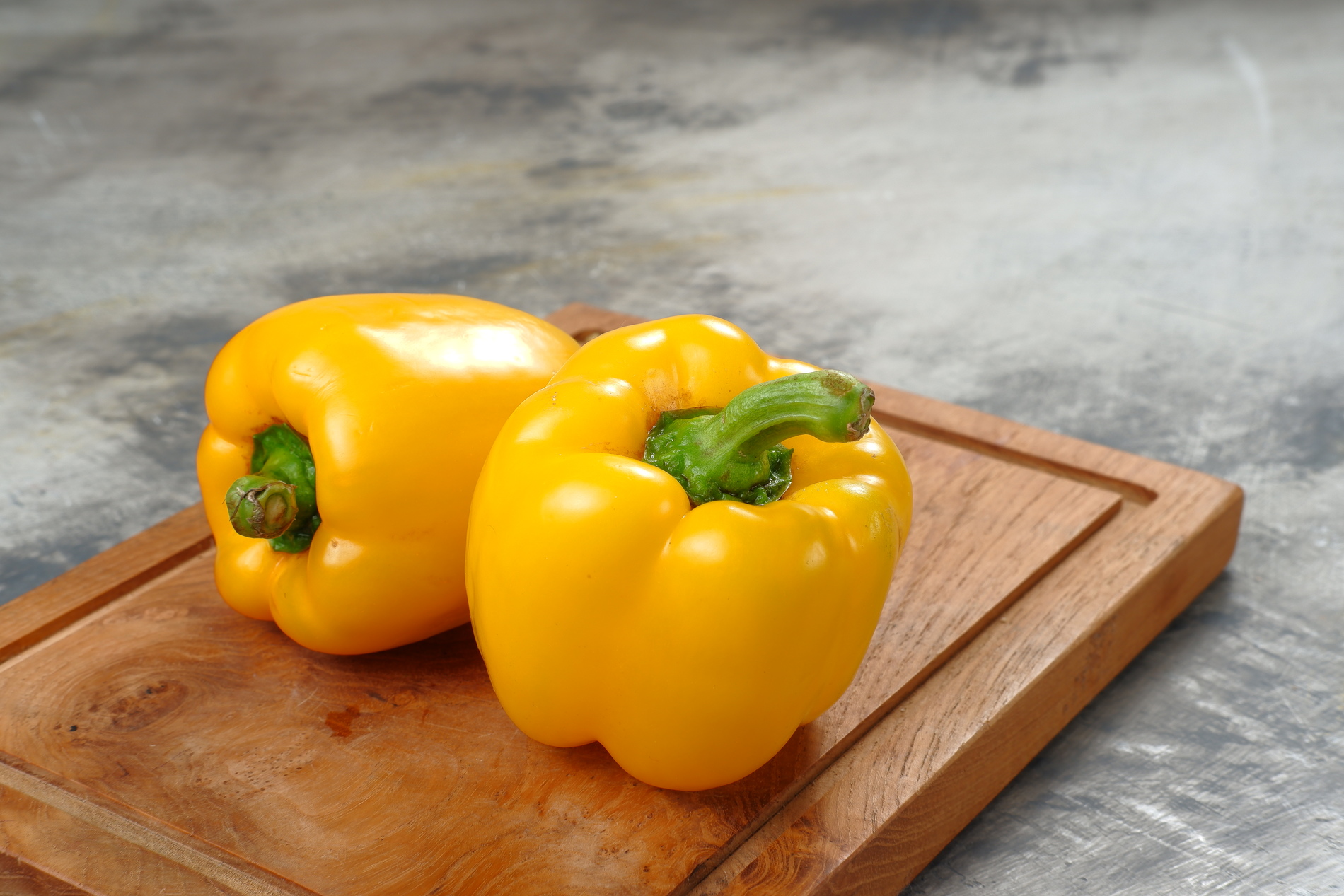
Yellow bell peppers can have over 180 milligrams of vitamin C in just half a cup. Red and green peppers are also high, with red providing about 95 milligrams per half cup. Raw is best if you want the full boost, since vitamin C is sensitive to heat.
4. Strawberries

A cup of fresh strawberries gives you about 85 milligrams of vitamin C. That’s slightly more than an orange, with the added perks of fiber, antioxidants, and fewer sugars than you might expect for something so sweet.
5. Papaya

One small papaya contains around 90 to 95 milligrams of vitamin C. It’s also rich in digestive enzymes and vitamin A, making it a great choice for gut and skin health. Try it blended into smoothies or eaten fresh with lime.
6. Broccoli

Surprisingly high in vitamin C, one cup of chopped raw broccoli gives you about 80 milligrams. It holds up well in a stir-fry, but you’ll get the most vitamin C if you steam it lightly or eat it raw in salads.
7. Brussels Sprouts
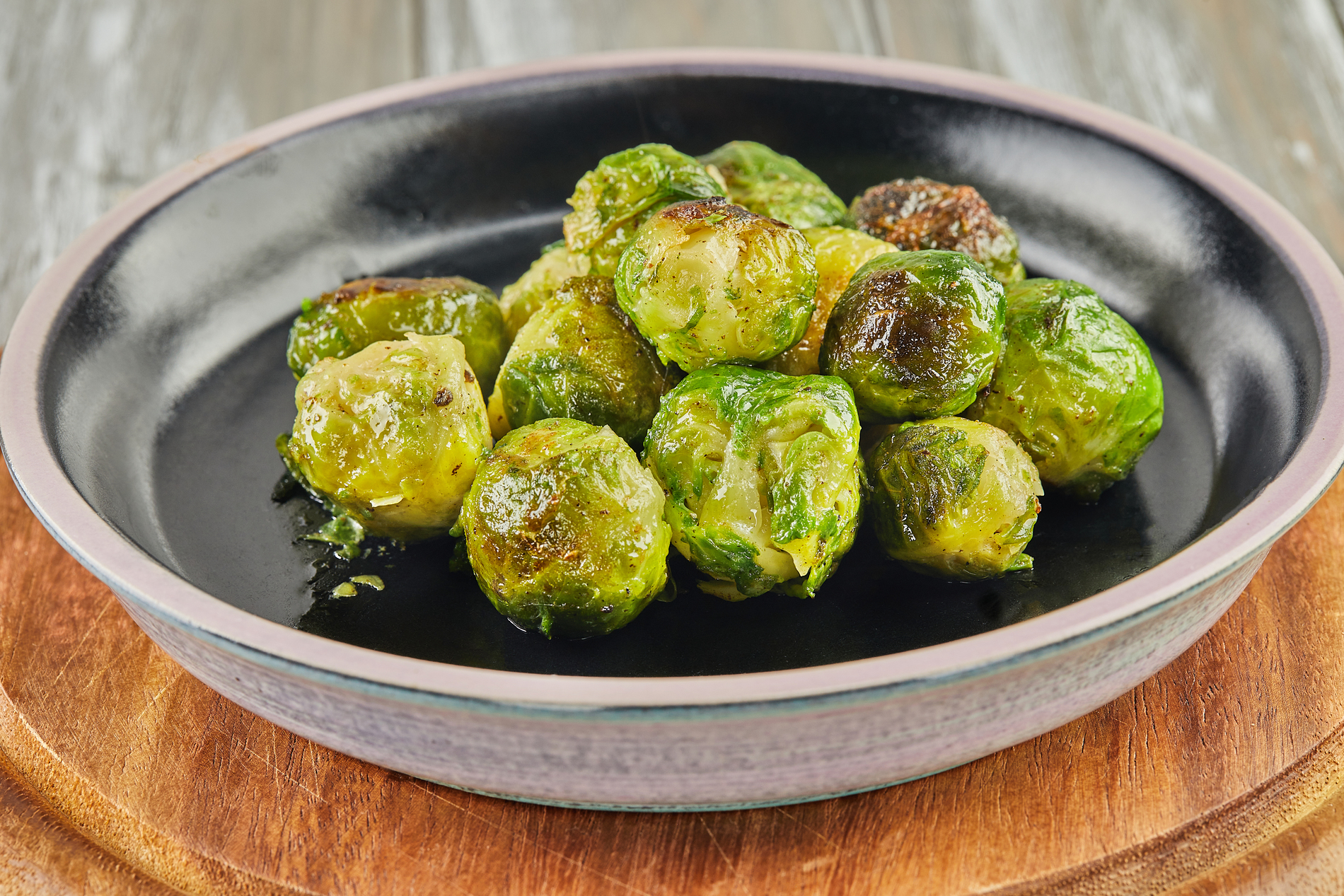
Half a cup of cooked Brussels sprouts has around 50 milligrams of vitamin C, but raw ones offer more—closer to 75 milligrams per serving. Shredded into slaws or roasted until crispy, they’re an underrated immunity booster.
8. Kale
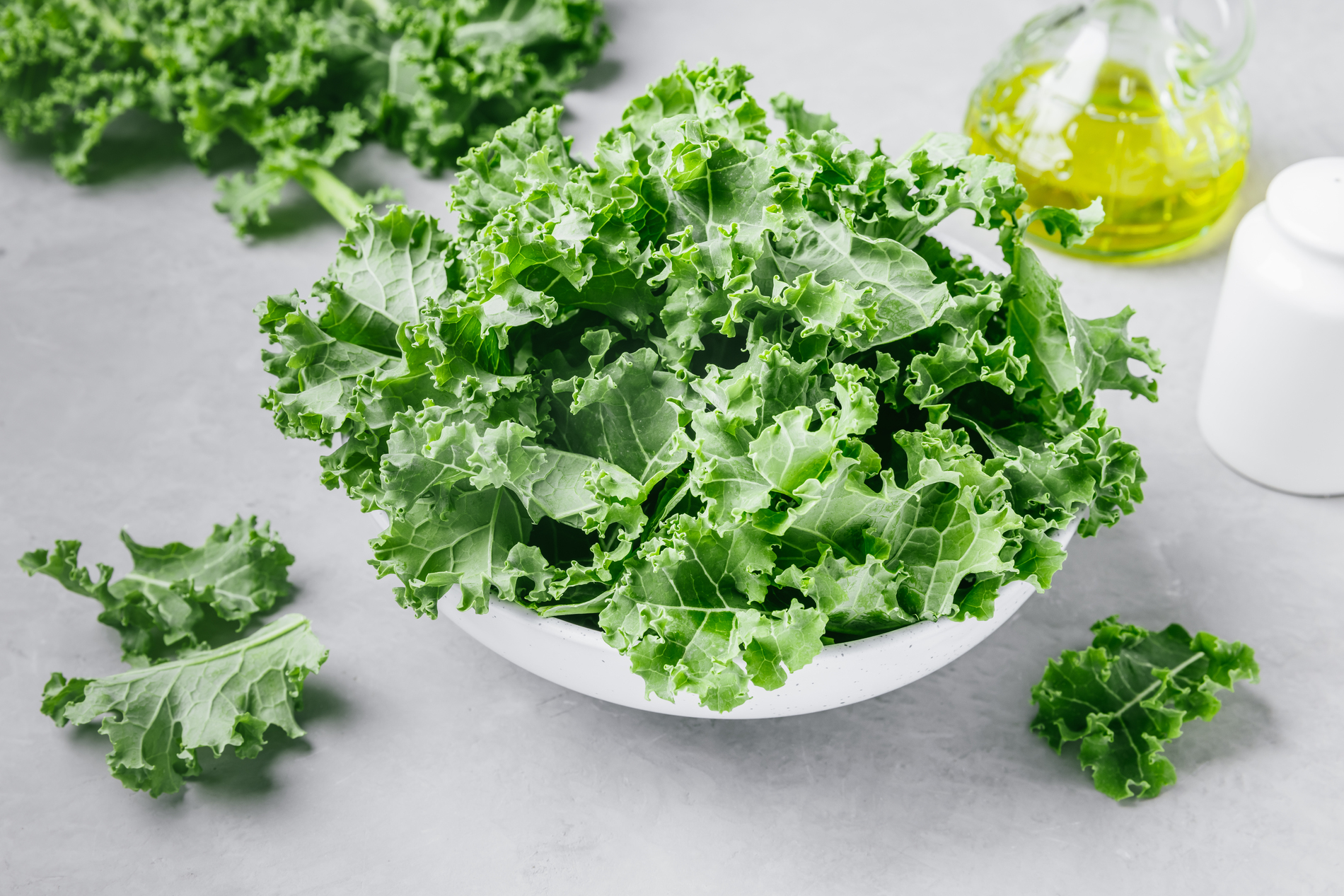
One cup of raw kale delivers about 80 milligrams of vitamin C, and also gives you fiber, calcium, and vitamin K. Whether you massage it into a salad or blend it into a smoothie, it’s a nutrient-dense way to get your daily dose.
9. Pineapple
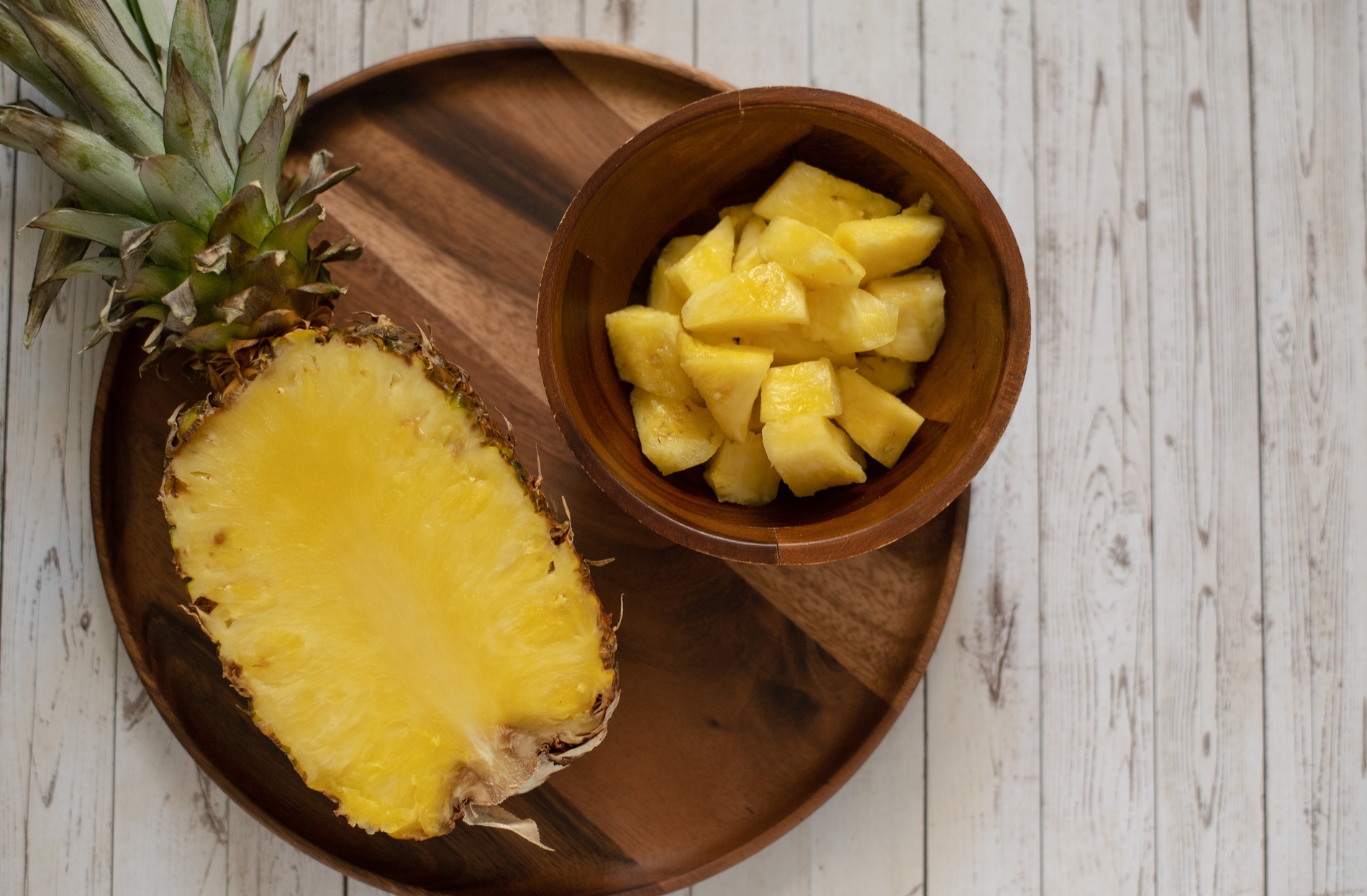
A cup of fresh pineapple has about 78 milligrams of vitamin C. It’s sweet, tangy, and loaded with bromelain, an enzyme that may help reduce inflammation. It works just as well fresh as it does in salsas or grilled with chicken or fish.
10. Mango
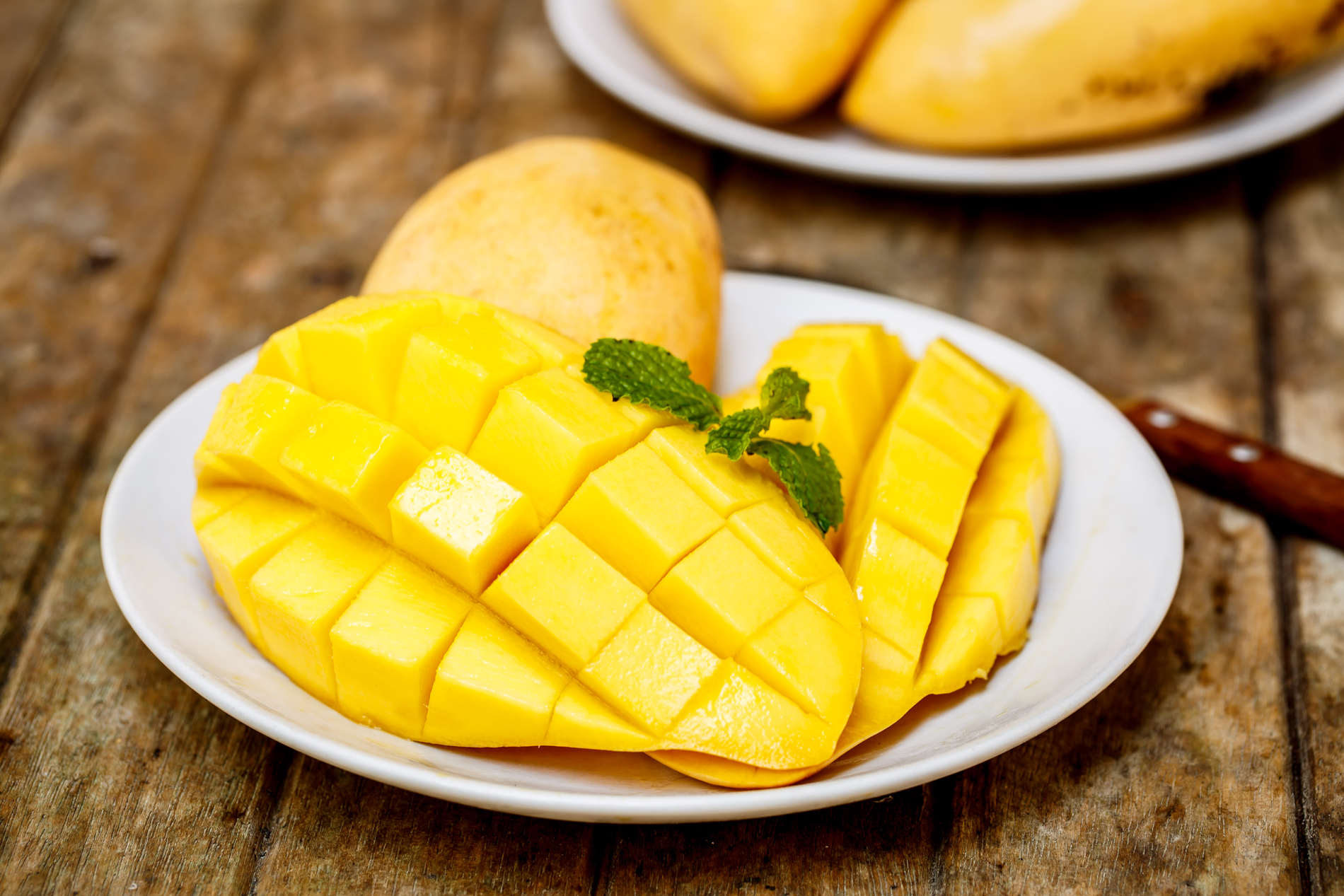
One cup of sliced mango offers around 60 milligrams of vitamin C. That puts it just under the level of an orange, but it still counts on this list because large mangoes often exceed that amount, and they come with other perks like beta-carotene.
11. Snow Peas

Raw snow peas give you about 60 milligrams of vitamin C per cup. They’re crisp, lightly sweet, and easy to eat raw, tossed into salads, or dipped in hummus. A super easy way to sneak in some immune support.
12. Chili Peppers

A single green chili pepper can deliver over 100 milligrams of vitamin C. Red ones have less but still pack a punch. If you like spice, you’re in luck, these tiny powerhouses boost both your meals and your nutrient intake.
13. Acerola Cherries
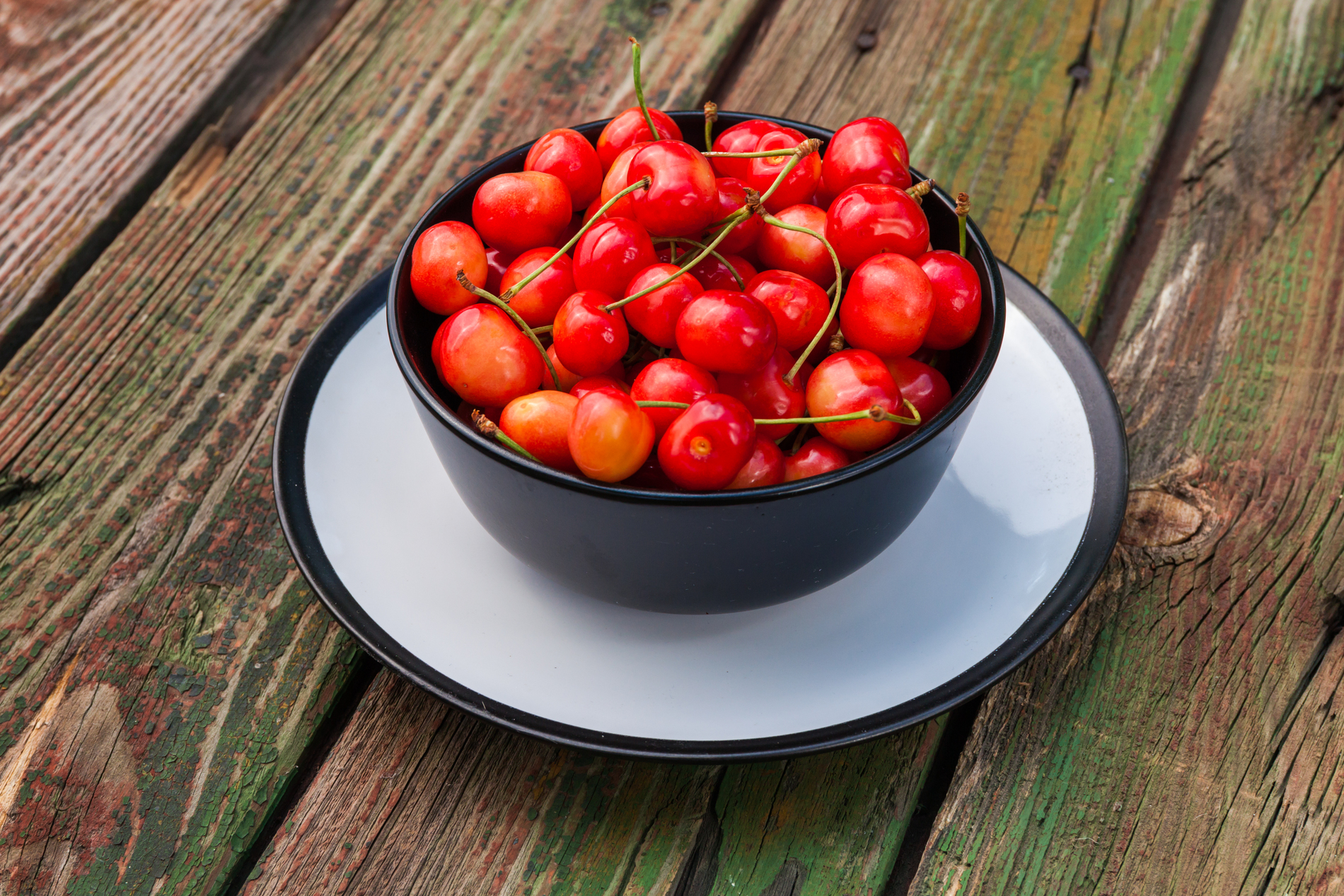
These are the true vitamin C champions. Just one small cherry can contain over 160 milligrams, and a half-cup can go over 800 milligrams. You’ll often find them in powders, juices, or supplements since they’re not widely sold fresh in most places.
The Takeaway
Oranges are great, but they’re not the only way, or even the best way, to get your daily vitamin C. If you’re looking to mix things up, especially during cold season or when your skin’s feeling dull, these fruits and veggies are easy upgrades. Eat them raw when you can, keep them in rotation, and let your food do the heavy lifting for your immune system.




